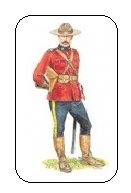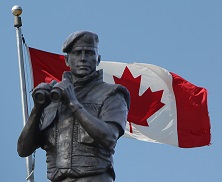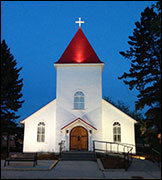True and Fascinating Canadian History
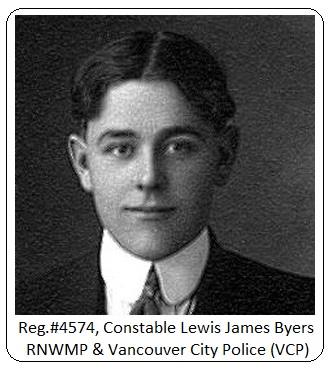
Vet of the Month: September 2014
Reg.#4574, Constable Lewis James Byers
Died while serving with the VCP
RCMP Vets. Ottawa, ON
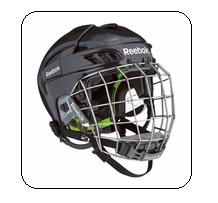
Today in Canada, serious injuries to the body such as head trauma are a tragic outcome of many professional sports.
In rare cases, both in hockey and football, a blow to the head has led to death and this trend is particularly so if the victim is young or not in optimum physical condition. Scientific research including diagnostic imaging has made significant strides into improved head gear for better skull protection, but nothing has yet been guaranteed to completely rid high energy and contact sports from the possibility of head injuries.
In youth sports, injuries pose a quandary for parents; on the one hand, no one wants to forbid children from playing hockey or football, but on the other hand, certain injuries are bound to happen. The solution is to ensure that good body protection is worn and that solid safety measures are in place during game play to diminish harm to players.

In Canadian law enforcement, safety in the work environment is also a huge concern to today's police officers. In the early days, a police officer walked the beat with only a badge and the likelihood of injury was rare. However, for the North West Mounted Police, all sorts of injuries and death occurred along the route of the March West. It was not uncommon for a recruit to be thrown from his horse and be killed. In other cases, men fell from moving wagons and were seriously injured. At the time of the March West, injury or death was an inherent part of daily life in the NWMP especially while working with horses.
Weapons in the hands of suspects also caused death to members of the NWMP. In 1879, NWMP Constable Marmaduke Graburn wasshot and killed on duty near Fort Walsh, N.W.T. In 1882, Constable Thomas James Gibson and Constable George Knox Garrett were both shot and killed at Duck Lake. Whether or not their lives could have been saved if they had been wearing body armour is open to speculation. But still, while great strides have been made to protect police officers on the street with new equipment, the risk of death today is as high today as it ever was in history.
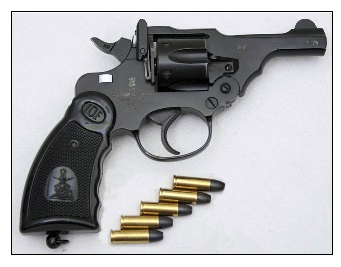
The following story was first explored by Vancouver RCMP Vet Sheldon Boles. It is a sad story about a former member of the Royal North West Mounted Police (RNWMP who was attacked suddenly and unexpectedly. The theme of Sheldon's tale is twofold; first, the story highlights how quickly danger can arise in the daily operations of a police officer and secondly, the absolute importance and necessity of police officers to wear body armour -- equipment which has been demonstrated to reduce death or injury among police officers.
The early police career of Lewis James Byers began with the Winnipeg City Police. Then, in 1907, he joined the Royal North West Mounted Police. But, Constable Byers got married so he took his discharge from the RNWMP. In 1911, twenty-year-old Lewis James Byers and his wife Annie Woodcock moved to her hometown of Vancouver, BC and Constable Byers joined the Vancouver City Police (VCP). Not long afterwards, tragedy stuck. First, Mrs Byers lost her baby and a few weeks later Constable Byers responded to a weapons call which turned out to be deadly. It was March 25th 1912.
The complainant said that a drunk and belligerent customer entered the liquor store on Powell Street in downtown Vancouver. But, store employees refused to serve the intoxicated person. This caused the man to become angry, so he threatened the employees and waved a .38 revolver in the air to emphasize his displeasure.
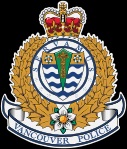
The man then walked back to his waterfront shack a few blocks away. Store employees phoned the VC Police and Constable Byers arrived on the scene. Constable Byers obtained a good description of the suspect but witnesses could not provide him with the exact address of the man. They apparently said that the man lived in a shack somewhere on the eastern side of Hawkes Ave., near the wharf.
Constable Byers walked to the grubby area in search of the suspect. He tried to establish which shack might be the home of the suspect. Suddenly, and with no warning, the door of one shack flew open only five yards away. The suspect stood in the doorway pointing his revolver at Constable Byers. The suspect yelled and forbade Constable Byers to move.
However, Constable Byers needed cover, so he took one step and as he did, the suspect repeatedly fired his gun. Two of the three shots from the suspect's gun hit Constable Byers in the chest and neck. Constable Byers died at the scene.
Constable Lewis Byers was the first Vancouver Police Constable to be killed in the line of duty. xR. I. P.
In Canada, police shootings remain a rare event, but there are too many incidents of gun calls and nearly every year too many police officers lose their lives. As often is the case, Constable Byers was taken by surprise and stood no chance against his attacker. Today, the best possible equipment and solid training in responding to weapons incidents may help to reduce the number of injuries or deaths among police officers.
I acknowledge and say sincere thanks to Vet Sheldon Boles of Vancouver BC for providing me with the contents for this September Vet of the Month story. The top photo of Constable Byers was generously provided by Steve Gibson of the VCP.
Reporting from Fort Healy,
J. J. Healy,
September 23, 2014
